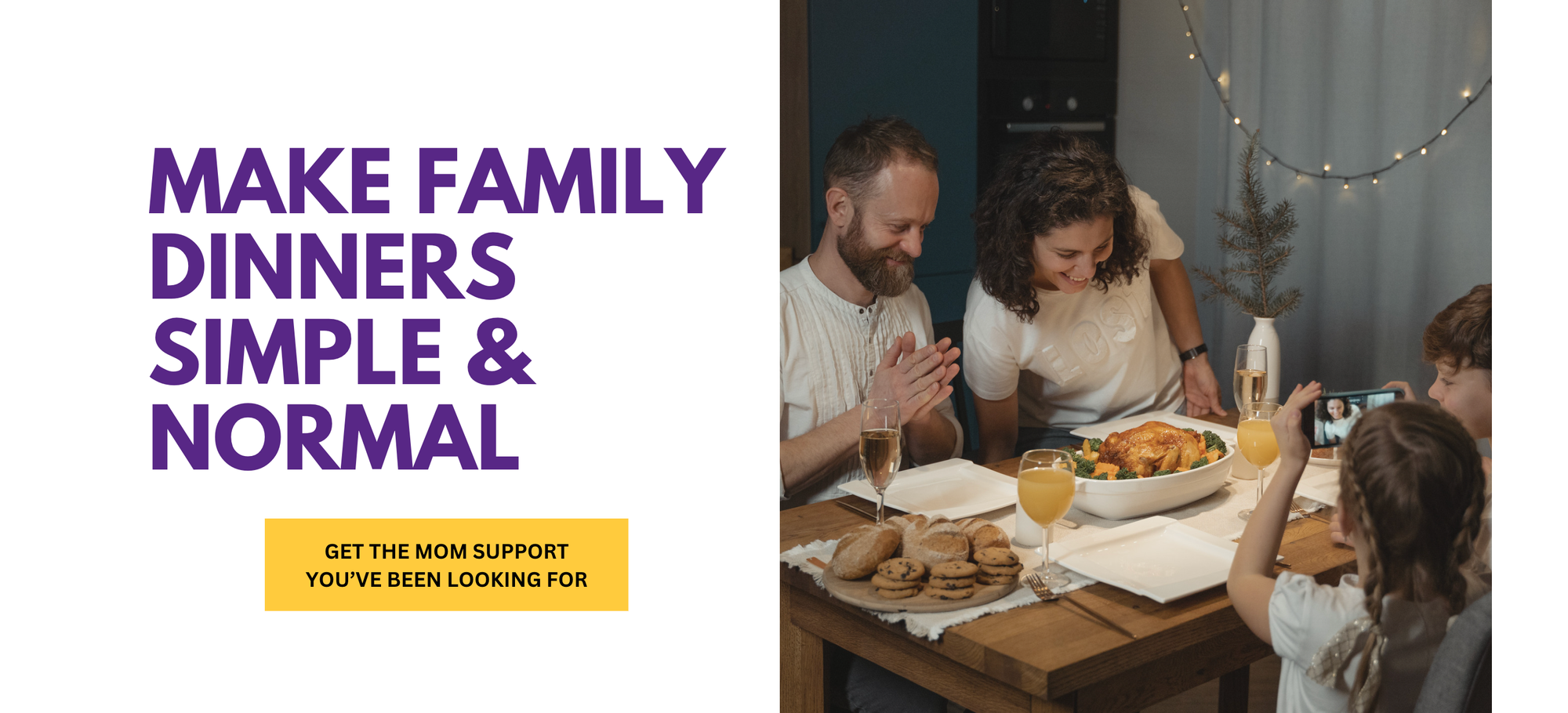Pantry cooking isn’t just about stocking up on food—it’s about creating a system that makes meal prep easier, grocery shopping more efficient, and dinner less stressful. When you have the right ingredients on hand, you can make meals without scrambling for last-minute grocery runs or resorting to takeout.
But a functional pantry doesn’t happen by accident. It takes regular maintenance, a bit of trial and error, and the willingness to adapt as your family’s needs change. I’ve been refining my own pantry cooking system for nearly two decades, and I can tell you—getting it right isn’t about perfection. It’s about iteration.
If you’ve ever felt overwhelmed by pantry clutter, unsure of what to stock, or frustrated by food waste, then it’s time to reset. Here’s how to simplify pantry cooking so it works for you, not against you.
Step 1: Declutter and reset your pantry
A well-functioning pantry starts with knowing what you actually have. That means pulling everything out, wiping down the shelves, and putting things back in an intentional way.
Decluttering is never a one-and-done process. The more use something gets, the more often it needs to be tidied. In my house, the pantry is like Grand Central Station—food comes in, food goes out, and if we don’t reset it every few months, chaos reigns.
Regularly cleaning out the pantry helps prevent food waste, keeps things organized, and stops me from buying duplicates. (I almost grabbed another big container of coconut oil at Costco—turns out, I already had one hiding on the shelf!)
Step 2: Create your master pantry list
Once you know what you have, it’s time to build a master pantry list—your go-to inventory of staples that make pantry cooking easy.
Your pantry staples should reflect what your family actually eats—not what you wish they liked or what you hope to cook someday.
I have learned the hard way–several times. Last year I bought a 25-pound bag of lentils (because we now live in the lentil capital of the world, after all). Unfortunately, my family doesn’t love lentils, and my husband is not a fan of meatless meals, which is what most lentil recipes are catering to. So far I’ve found two recipes that they tolerate, and I have a few more to test—but I won’t be buying 25 pounds of anything again until I know it’s a household favorite!
When making your master pantry list, ask yourself:
✅ What meals does my family love?
✅ What ingredients do I use often?
✅ What do I keep buying but never seem to use?
✅ What would actually make cooking simpler?
A master pantry list isn’t a rigid rulebook. It’s a working document that should evolve as your family’s eating habits shift.
Step 3: Use pantry cooking principles to simplify meals
Pantry cooking works best when you develop a system that fits your real life. That means:
- Stocking ingredients that make sense for your family. If you don’t regularly cook with specialty spices or niche ingredients, don’t feel pressured to keep them on hand. Stick to what works.
- Using meal formulas instead of rigid meal plans. Rather than planning every single meal down to the ingredient list, think in terms of meal types:
- Soup night – A great way to use up random ingredients.
- Taco night – Customize with whatever toppings you have.
- Pasta night – Simple variations keep it from getting boring.
- Batch cooking and repurposing leftovers. Making a big batch of something and repurposing it into different meals saves time and energy.
A pantry system that works reduces decision fatigue. If you always have the basics for your go-to meals, you don’t need to overthink dinner.
Step 4: Make meal planning easier with pantry-based cooking
If meal planning feels overwhelming, you might be making it too complicated. Pantry cooking naturally simplifies meal planning because you’re working from what you already have.
Instead of reinventing the wheel each week, start with these steps:
1️⃣ Check your pantry and fridge first. What needs to be used up?
2️⃣ Use your master pantry list to fill in gaps. What staples are running low?
3️⃣ Plan meals around what’s on hand. Start with proteins, then add sides.
4️⃣ Leave room for flexibility. Not every meal needs to be set in stone.
Having a stocked pantry means you can improvise when needed. If your plan was to make spaghetti but you ran out of pasta? Swap in rice and make a quick stir-fry instead.
The key to pantry cooking: iteration, not perfection
When I first developed my Simplified Dinners meal system 15 years ago, I thought I had created the ultimate solution—I’d never have to think about meal planning again. That wasn’t the case.
But what was true? I never had to start from scratch again. Over the years, I’ve tweaked and adjusted, keeping what works and letting go of what doesn’t.
Pantry cooking is a process. It’s about refining your system so it serves your family well, saves you time, and makes meal prep easier—not more stressful.
So start where you are. Declutter, make a master pantry list, simplify your meal planning, and iterate as needed. Your future self will thank you.
Ready to simplify your pantry?
Take the first step by pulling everything out, assessing what you actually use, and building a pantry that works for you—not against you.
If you want a step-by-step guide to creating a pantry that simplifies meal prep, check out Simplified Pantry. It will help you make a plan, stock your kitchen with the right ingredients, and cook with confidence—without the stress.


